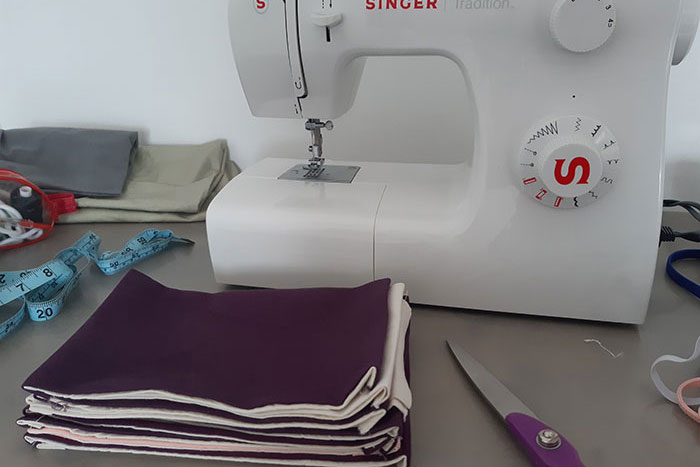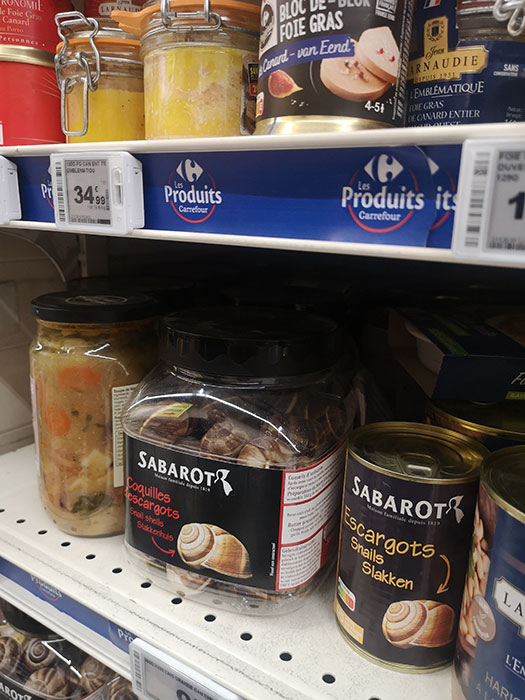When I made it my goal this year, exactly like last year, to sew more, I did not imagine that I will share my tips on how to make face masks at home. At the moment there isn’t a recommendation in England to wear face coverings, as it is in other countries and in other parts of the kingdom, like Scotland. I fully understand the government’s reluctance in advising people to use them because it can have a negative impact, from diminishing the supply of PPE for the NHS and care staff, to inappropriate use, which can lead to an increase in the spread of the virus. Also, having a face masks will not guarantee that you will not catch the virus, so be aware that you still need to respect the social distancing measures. Stay Home – Save Lives and wash your hands for 20 seconds it is still the best way to protect yourself and the ones around you.

While my sewing skills are minimal and these could look much better, I think the tips I’m going to share will surely help, at least by raising some points one wouldn’t have thought of. First of all, if you can, buy or make your own masks. Please consider that and do not buy medical masks, leave those for the people on the front line.
Face Masks – Material
You need two materials for each mask you are making. Pick two distinct materials, so you know which part is touching your face and which doesn’t. The best material is a thick cotton, like denim. To make sure the layers are appropriate, look at the fibres of the cloth in daylight to see how dense it is. The idea is that the denser it is, the better it is for masks. I upcycled two items of clothing, one is an old pair of jeans (there is a post in which I wear them, from a few years ago) and the second one was an old pair of trousers my husband had. For the second layer I used a dense cotton, a fabric I had for craft projects.
Fabrics were tested by the Chinese in a lab and they concluded that fabrics like denim are the best. I couldn’t find a link to that story, it was on a news channel.
Face Masks – Design
There are lots of websites from where you can get inspiration. My suggestion is to make a mask and see if you are happy with the design. If not, try a second design and so on. I was inspired by youtube tutorials and of the design on CDC’s website, here. But, I didn’t make my masks like that, but different, which I felt are more comfortable for us.
I want to share two tips, when it comes to making masks.

First tip is to press the fabric with an iron as many times as you can. Before you cut the fabric, especially if the fabric is, like mine, from old clothes. Press the masks again after you sew the lengths, and press the widths for the hem. It will make sewing easier.

My second tip is to make a batch; it’s easier than making one and after that starting with the second one. Think of increasing the productivity by division of labour.
Face Masks – How many to have
As you see in the pictures, I made loads. I would suggest having at least 5 per person. Each mask should be worn once before being washing it. Fold the mask in two, with the inside (the part which touches your face) inside, for storage. After you use it once, fold it the other way around, to minimize the possibility of touching the outer layer of fabric. Use another mask if you need to go somewhere else on that day. Of course, wash your hands after removing the mask, or, if you are in your car, use hand gel.
This is why I made about 12 for me and my husband.
Face Masks – Washing them
When you get home, pop the mask in the washing machine. I wash the masks on the fastest washing cycle, alongside the kitchen towels and other laundry. Of course, this is the second reason I recommend making more, as you might not be able to wash them as soon as you get home and waste water and energy for only a couple of masks and a tea towel or two.
While handwashing is an option, I wouldn’t recommend it, because it can dry your hands. Remember to use moisturiser as often as possible. Dry hands can crack and bacteria and viruses can benefit from this; this is a medical recommendation I saw on BBC, but I don’t remember the name of the doctor who mentioned this. So, take care of your hands and face, use frequent moisturiser. I have small jars with hand cream all over the home, in the living room, in my desk, in my bed stand, and one near the entrance, to moisturise my hands just before going out. This is normal routine for me though, so I didn’t have to adapt to use more moisturiser.
Do you have to wear a face mask? Have you considered making your own or buying from an indie seller?








I saw a lot of people touching the shopping cart, then scratching their noses, putting on their masks again. I don’t understand why they still wore it if they didn’t follow the hygiene rules
They look amazing, you’re so talented to be able to make face masks! xo
This is a great guide. Sadly I don’t own a sewing machine or an iron so I’ll have to buy some if they become obligatory.
These are great tips and interesting to know the one about cracked hands too. You did a really good job with these. I haven’t got a mask but pehaps I should. I was going to just wear my Buff headscarf around my face if I needed to but it would be good to have a few…
I have not yet made any masks, but I shall if it becomes mandatory as I don’t want to have to keep buying disposable masks. Your tip about using different fabrics for the inside and outside is very helpful.
This post is very good and informative. Masks are not mandatory in my state, but recommended. But as you noted… they still encourage social distancing and other sanitary steps. Many have pointed out that homemade masks are as much for preventing the wearer from spreading germs as for protection from others’ germs.
All that said, I’m using the hand-folded kind made from cotton handkerchiefs and bandanas (and secured with hair elastics). They end up being fairly thick and provide good coverage and are easy to wash after use…. but I still want to try that suggestion about blowing out a candle!
Yes, the homemade masks are more to protect the others, indeed. The idea being that if everybody wears them, then everybody is protected. I also wear them as a deterrent, hoping that people will naturally avoid me if I have the mask on, sometimes it works, sometimes it doesn’t.
Your masks look terrific. I have several and I’m glad I do because it makes the washing to much easier. I don’t have a washing machine so I do them in very hot soap and water. I wish I sewed so I could make masks to share. Well done and great links and info.
Well done for making those, Anca! I think they will be very useful to you once lockdown gradually lifts in England. Every country is pretty much going through the same phrases, just at different times. Soon in France we will have to wear masks in public transport, once lockdown ends. It will be mandatory. One trick I’ve read about to check that your mask is good to use is to try blowing out a candle while wearing it. If you can’t blow out the flame, it means the mask is thick enough to be a form of protection against the virus! 🙂
Julia x
That’s so interesting. I’m going to try that with the masks I’ve made.